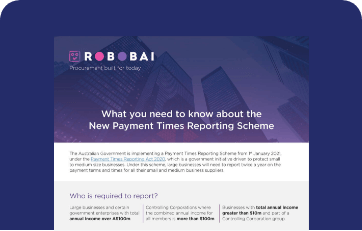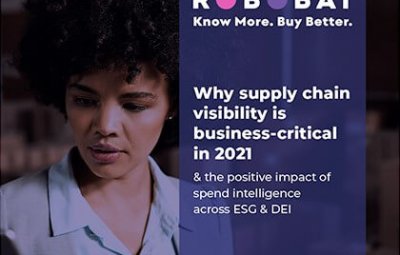- November 3, 2020
- news, Uncategorized
Mitigating Risk in unprecedented times

Mitigating Risk in unprecedented times
We are constantly bombarded with messages about how important taking risks is in life and in business – and there are definitely times when risk is the catalyst to business growth and success.
However, 2020 has been a year like no other. The risks associated with COVID19 are well documented and certainly have brought many businesses to their knees. The financial impact of COVID plus the expectation to comply with modern slavery legislation and have a positive impact both socially and environmentally has resulted in an exponential increase in risk for businesses of all sizes in all corners of the globe.
In a late 2019 Allianz survey of over 2,700 participants across 102 nations, the top four business risks were identified as Cyber Incidents, Business Interruption, Changes in regulation and legislation and Natural Catastrophes.
Little did the participants of this survey realize what 2020 would bring and risk mitigation projects considered ‘important’ were quickly promoted to ‘urgent’. Of course, there is no single action that can be taken to eliminate risk, but with the right information at the right time, companies can better anticipate risk and be ready to act accordingly.
Internal risk factors like human factors, technological factors and physical factors can be forecasted with some reliability, and with the right people, systems and processes in place, can be mitigated relatively easily.
Trickier to manage are external risks such as economic factors, environmental factors and political factors. Ironically, while risks outside the corporate structure cannot be controlled or even easily identified by the company themselves, they often cause the most damage.
Anticipating and minimizing risk
They say that forewarned is forearmed, and this definitely applies when it comes to risk management.
Often the single biggest barrier to spotting potential risk early is a lack of visibility. If you rely on a multi layered or siloed supply chain, it can be difficult to really know how your suppliers are conducting their own businesses behind the scenes and what sort of risk they themselves are exposed – ultimately putting you at risk too.
Traditionally, the only way to uncover weak links in your supplier network was to engage data analytics teams to manually dig into supplier information and uncover insights. While this can be effective, it’s also a time intensive process that can be expensive.
The alternative is to leverage smart technology. Automated classification, integrated data sets and daily data refreshes mean the insights are timely and easily accessible as and when they are needed.
Robobai’s mission is to simplify and streamline how companies manage their spend and their suppliers, enabling them to mitigate risk, minimise harm and make fast and informed decisions on how, when and with who they spend their money.
Our AI powered technology quickly identifies and categorizes spend and creates a risk profile for each of your suppliers. In a few clicks of a button, our platform will highlight potential cost savings, provide clarity on the social and environmental impact your business is having on the world, and identify potential risks in your supply chain such as adverse media, modern slavery, cyber & data security, sanctions and financial stability.
While we can never really predict what the future holds, you can control how and when you access the critical information you need to protect your business – now and in the future.
Find out how Robobai can help you manage spend, mitigate risk and minimize harm. Book a Demo today.
OTHER RESOURCES THAT YOU MIGHT BE INTERESTED IN:

Payment Times Reporting Scheme (PTRS)
With increased transparency and obligations around payment times and practices of large businesses, it is critical that eligible entities have a thorough understanding of the requirements of the Payment Times Reporting Scheme (PTRS) to ensure they are meeting the reporting requirements on time!
Transform your business with a 360-degree view of supplier risk, compliance, spend and contracts.




